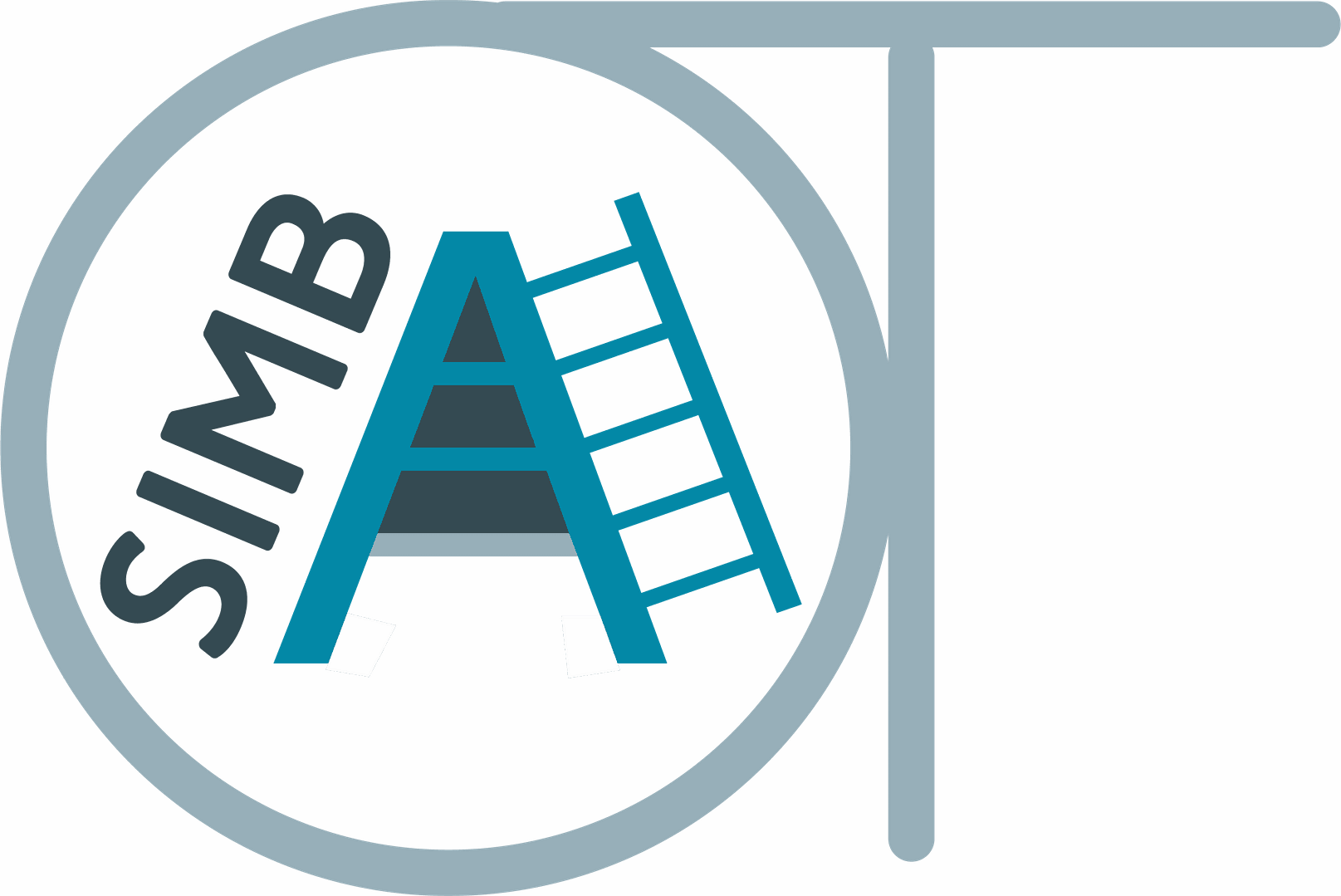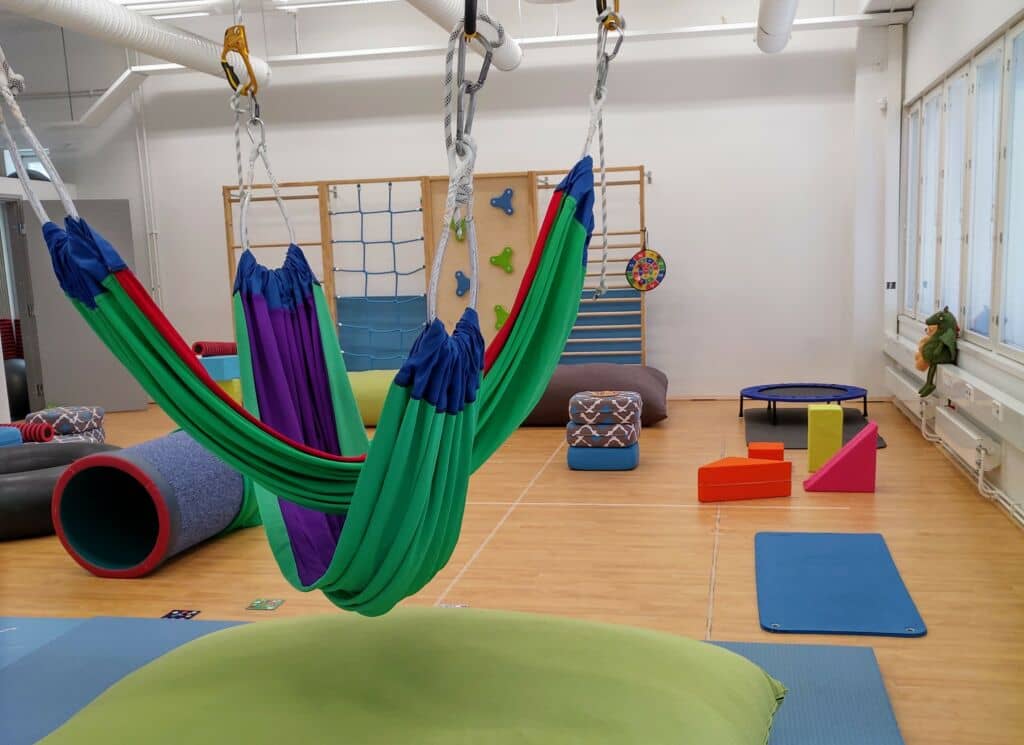Simulation learning is a carefully designed multi-step process. Simulation implementation and debriefing are key cornerstones of the learning process. In the social and health sectors, simulation is often built around simulated client cases. In SIMBA, each participating country creates scenarios to be used in simulations.
The simulation process involves several steps, with the organiser and participants playing their own important roles. In the preparatory phase, the teacher should be sufficiently oriented to the principles of simulation learning, the commonly agreed approaches and the environment and technology available for the type of simulation.
Before the actual event, the participants are oriented to the simulation situation, i.e. the objectives of the simulation are specified and the necessary arrangements are made in advance, including the participants and the preparations for the simulation. For simulation participants, preparation may involve, for example, preliminary tasks related to the scenario, group discussion and other video or audio material to introduce the simulation, and preparation of personal learning objectives.
The most important phase for learning is the debriefing after the simulation.
During the implementation phase of the simulation, it is essential to create a safe learning environment – the simulation is a safe learning situation in which the organiser guides and observes the situation and, if necessary, for example, interrupts or repeats the simulation. Participants may also have different roles in the learning situation, such as playing different professional or customer roles in the simulation or observing other participants in the simulation situation.
The most important phase for learning is the debriefing after the simulation. This is a review of the learning experience and is a very important factor in reinforcing learning. The debriefing is planned in advance and is often themed, including reflection questions and observations from the simulation situation. The learning discussion in a simulation situation may consist of feedback from the organiser, peer feedback and feedback from, for example, the actor in the simulation. Personal feedback has been shown to enhance learning. Finally, the organiser and the participants take care of the post-simulation activities, such as cleaning up the premises and equipment. It is also important to collect feedback from participants in order to improve future simulation situations.
Simulations in the health and social sectors use different scenarios and types of simulations
In the social and health sector, simulation situations and processes vary in duration and type. In simulation learning supporting interaction skills and clinical decision making, the actual simulation learning is usually built around ‘role-playing’ in a virtual or real world setting. Simulation processes can also combine virtual and real-world environments at different stages of the process. There are many examples of simulation in international projects.
In the case of occupational therapy training in New Zealand, there have even been trials and studies of 40-hour training sessions, which took the form of a week-long ‘big simulation’, including assessment of functional capacity and intervention planning related to the client case and the occupational therapy process, as well as practice in professional interactions, both multidisciplinary and with the client’s immediate environment. In addition to learning outcomes, the study was interested in the cost-effectiveness of simulation teaching and its potential to be part of clinical practice in training.
In one game-based simulation, radiography students encountered a fearful patient coming for an MRI scan in a virtual world through their own avatar. The purpose of the simulation was to practice encountering in an examination situation and empathy skills. In this simulation, the students chose appropriate responses from a range of answer options, with an immediate counter-reaction. The patient-avatar responded to the feedback by giving a response and by animated gestures and facial expressions.
Versatile and applicable occupational therapy scenarios
Regardless of the type of simulation, positive learning outcomes have been shown to be achieved, but careful scripting of the client case, i.e. scenario building, as authentic and realistic as possible, and especially personal feedback in the simulation debriefing are part of good and effective simulation learning.
In the SIMBA project, the scenarios aim at simulation situations that are related to a wide range of current phenomena in the field of occupational therapy – from the process of occupational therapy to the assessment of functionality, the implementation of therapy, multi-professionalism and therapeutic interaction with different client groups. The international applicability of the scenarios, i.e. their applicability in practice, for example in different learning environments and cultures, is also important. This will also contribute to the quality and effectiveness of occupational therapy in the future.
Heli Arokki
Lecturer, SIMBA project expert in Turku UAS
Anu Kuikkaniemi
Senior Lecturer, SIMBA project manager in Turku UAS
Minna Kivi
Occupational therapy student at Turku UAS


